Einleitung
Upgrade your mini's aging Core Duo processor to a blazing Core 2 Duo.
Werkzeuge
-
-
Power down your Mac mini, disconnect all of the cables, and flip it over.
-
Insert the Jimmy into the crack between the aluminum top housing and the plastic lower housing.
-
The Jimmy should reach a stop about 3/8" down.
-
-
-
Gently bend the Jimmy outwards to pry the crack open a little larger and lift the lower housing up a small amount.
-
-
-
Once you have the first side free, rotate the Mac mini and start prying up on the front edge.
-
Use the same prying motion to both bend the clips inward and lift the lower housing up out of the top housing.
-
-
-
You may need to move the Jimmy along the edge to pry up all of the clips. Be patient and do a little bit at a time.
-
-
-
Slightly squeeze the two retaining arms toward each other and lift the AirPort antenna off its post.
-
-
-
Use the tip of a spudger to slightly lift the left side of the ZIF cable lock up from its socket.
-
-
-
Use a pair of tweezers to lift the hard drive thermal sensor cable connector up off its socket on the logic board.
-
-
-
Remove the recessed Phillips screw near the power button securing the internal frame to the bottom housing.
-
-
-
Remove the recessed Phillips screw near the sleep light securing the internal frame to the bottom housing.
-
-
-
Remove the Phillips screw near the audio ports securing the internal frame to the bottom case.
-
-
-
Gently lift the internal frame up from the bottom housing, minding the AirPort antenna and any other cables that may get caught.
-
-
-
Firmly grasp the power button cable connector with a pair of tweezers and lift it straight up off the logic board.
-
-
-
Firmly grasp the sleep light cable connector with a pair of tweezers and lift it straight up off the logic board.
-
-
-
Use the flat end of a spudger to slightly lift the logic board near the PRAM battery to separate it from the bottom housing.
-
-
-
Gently lift the free end of the logic board and wiggle the board as you pull it away from the I/O ports.
-
-
-
A spring loaded plastic pin at each corner of the heat sink holds it firmly against the face of the processor.
-
-
-
Using a plastic opening tool (or similar) in one hand, push down one pin holding the heat sink on the logic board. The spring under the pin will provide moderate resistance.
-
While holding the pin down from the heat sink side of the board, use a pair of pliers in your other hand on the underside of the board to squeeze both barbs against the plastic shaft of the pin.
-
With both barbs squeezed together, push the pin through its hole in the logic board.
-
Repeat this process for each of the four pins holding the heat sink on the logic board.
-
-
-
Use the tip of a spudger to push the heat sink thermal sensor connector out of its socket.
-
Remove the heat sink and set it aside.
-
-
-
To unlock the processor, use a small flathead screwdriver to rotate the processor lock 180 degrees counter-clockwise until the indicator is near the open lock symbol.
-
-
-
To aid in installation, processors and sockets have a small alignment arrow (shown in red) so the chip is installed in the correct orientation.
-
Align the chip so that the arrow in its upper right corner corresponds to the arrow molded into the upper right corner of the socket.
-
Carefully lower the processor onto its socket.
-
Note that if you are upgrading from a core solo or core duo processor to a core 2 duo processor and wish to run operating systems of Lion or later, you must delete the hidden file /System/Library/CoreServices/PlatformSupport.plist after the upgrade.
-
-
-
Use a small flathead screwdriver to rotate the processor lock 180 degrees clockwise until the indicator points toward the closed lock symbol.
-
-
-
Now that the processor is in place, turn your attention to the heat sink.
-
Apple uses a thermally conductive film that must be removed prior to reinstalling the heat sink.
-
Use a razor blade (or anyother flat object such as a credit card, etc.) to remove all of the old solidified thermal material from the heat sink.
-
Next use a small amount of rubbing alcohol to remove all traces of the old thermal material.
-
Allow the heat sink to dry before proceeding.
-
-
-
Apply a thin layer of thermal paste to the reflective silicon face of the processor.
-
Check out our thermal paste guide for detailed instructions on applying thermal paste.
-
-
-
Lay the heat sink on the AirPort card and use a spudger to reconnect the heat sink thermal sensor.
-
-
-
While holding the heat sink in place, press the four plastic posts down through the logic board to reattach the heat sink.
-
To reassemble your device, follow these instructions in reverse order.
43 Kommentare
I'm learning from cpu-world.com that the Core Duo (and Core Solo) are 32-bit architecture, whereas the Core 2 Duo is a 64-bit design. Does this matter in any way?
Richard -
Hi Richard. I realize this post is very old, but did you ever get an answer to your question as to whether the 64-bits of the Core 2 Duo Processor will be recognized/utilized in the 32-bit architecture of the Mac Mini A1176? Thanks, John
Hi. I'm afraid I can no longer answer the question "does it matter in any way", since I eventually upgraded to a new Mac Mini.
I can say that it didn't *seem* to matter, which means no software failed to run or performed noticeably poorly because of the upgrade. But I'm not especially performance sensitive, so it is possible that all/most/some software was running in 32-bit mode and not taking advantage of the higher throughput of a 64-bit architecture. The most CPU intense stuff I was running when I decided to upgrade was: Parallels running WinXP and some Windows-only legal software, along with Chrome with far too many tabs open, and iTunes. That proved to be too much, and it'd slow to a crawl too often. But I think the upgrade kept me on that iMac and extra two or three years, and was an interesting exercise.
Richard -
Hi, the processor will work just fine, but it’s recommended to do an EFI upgrade from 1,1 to 2,1, then you can run Lion and unofficially newer OSes
When going to all the trouble of replacing the CPU, a few other upgrades can be done at the same time:
- Upgrade RAM to 2GB maximum (required for OS X Lion), for example, Crucial CT541128
- Upgrade internal 2.5" SATA hard drive to larger size, and/or faster 7400 RPM or SDD.
- Replace PRAM battery with a fresh one (CR2032 lithium 3V)
What would be wise
This guide worked very well for me. Entire process took less than 90 minutes, and that was having to pull the upper frame a second time because I'd let the Airport antenna cable get snagged under the fan ductwork.
Thank you!
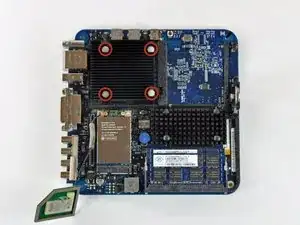
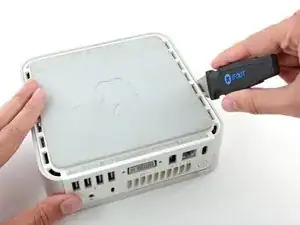
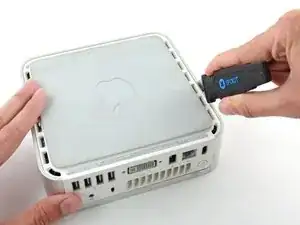
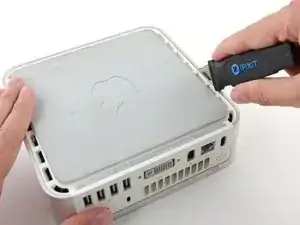
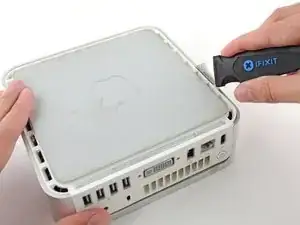
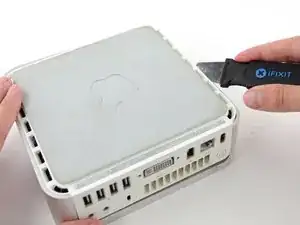
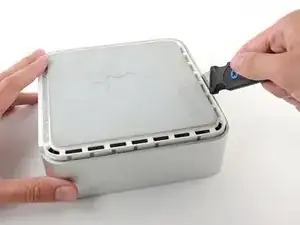
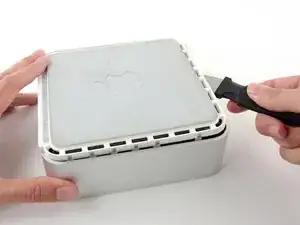
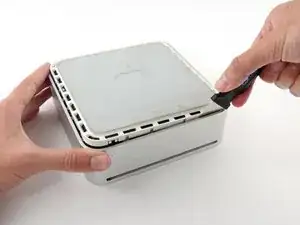
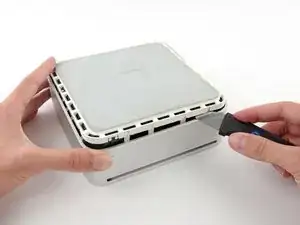

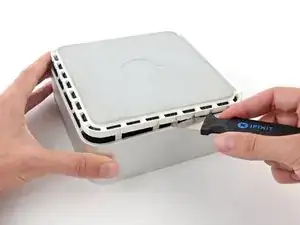
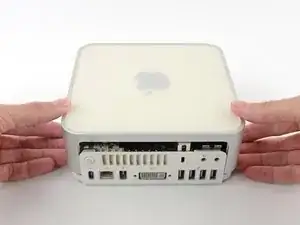

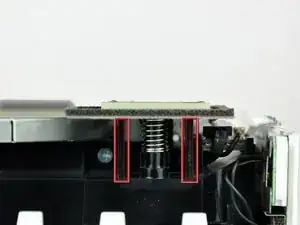
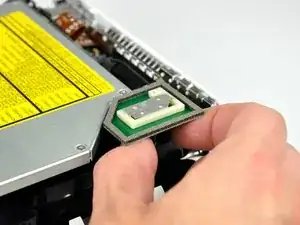
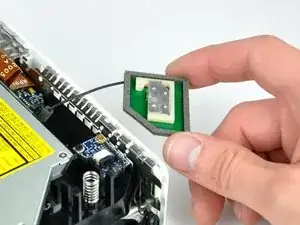
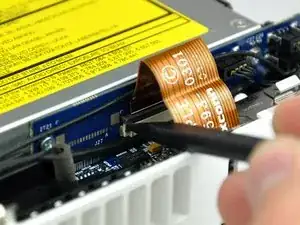
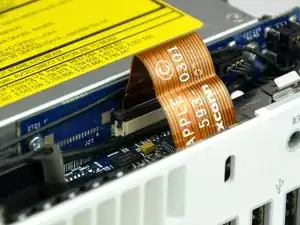
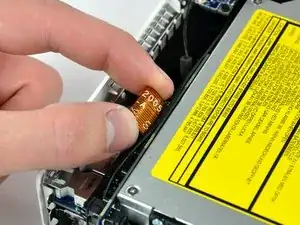
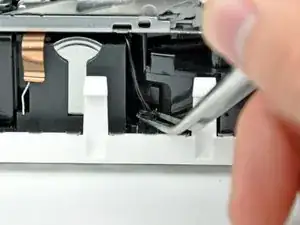
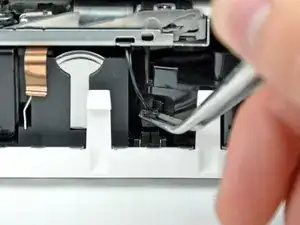
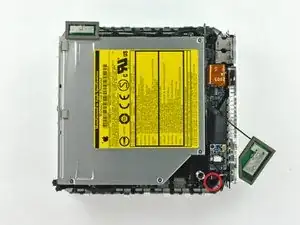
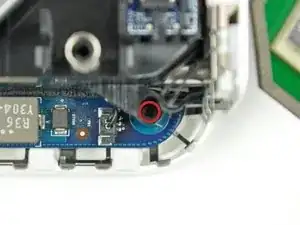
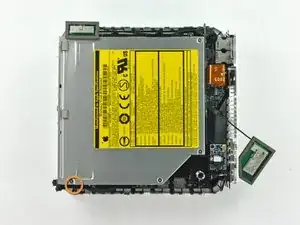
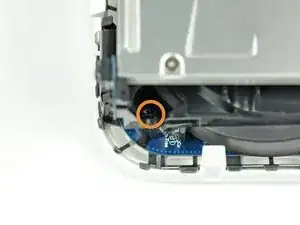
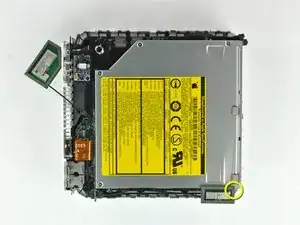
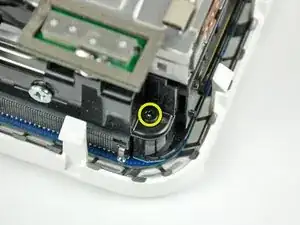
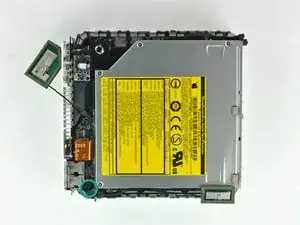
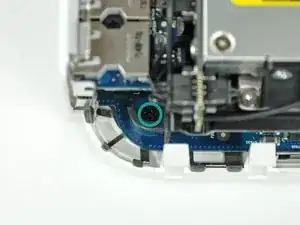
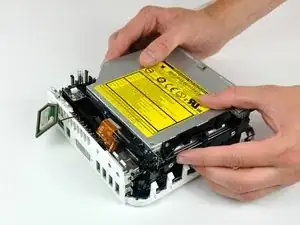
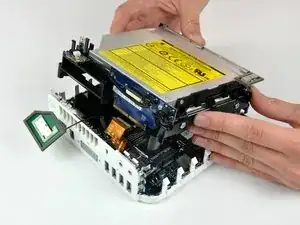
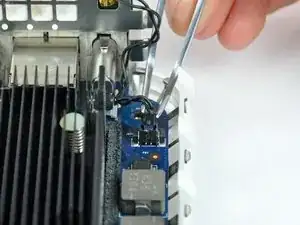

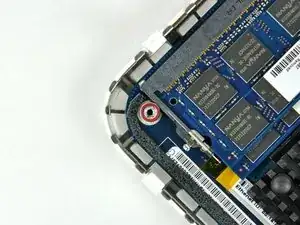
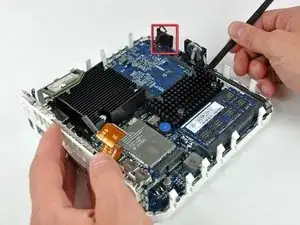
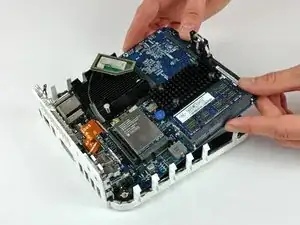
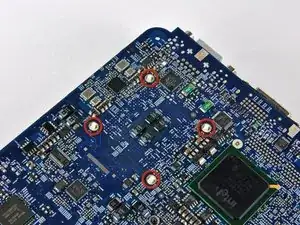
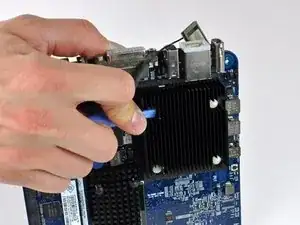
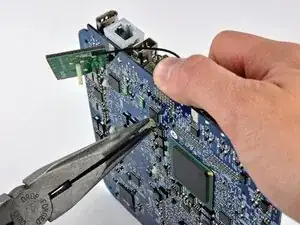
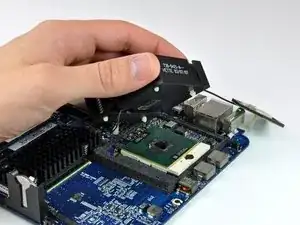
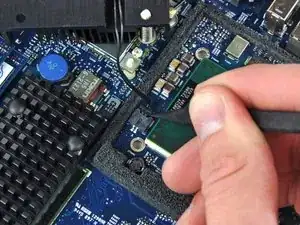
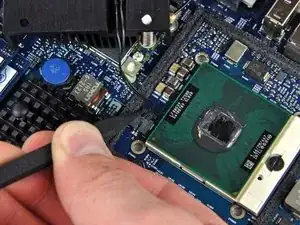
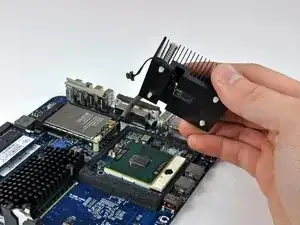
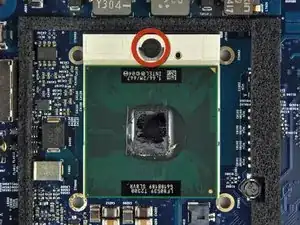
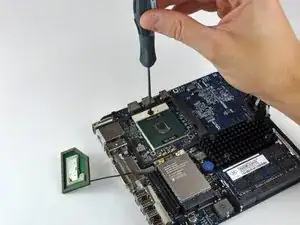
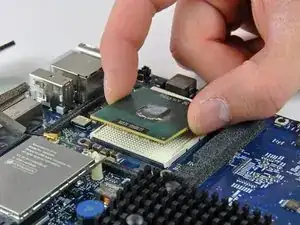
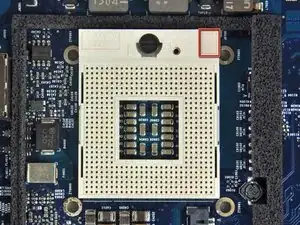
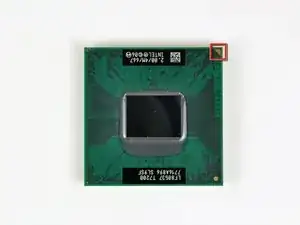
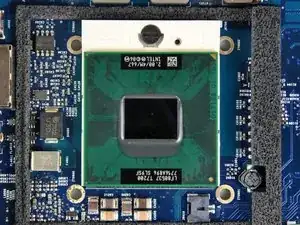
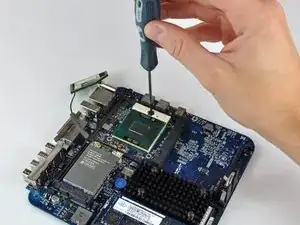
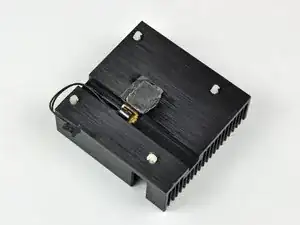
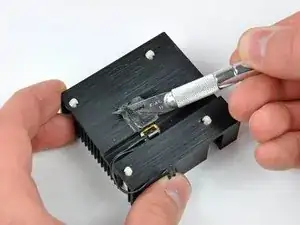
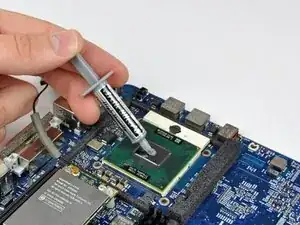
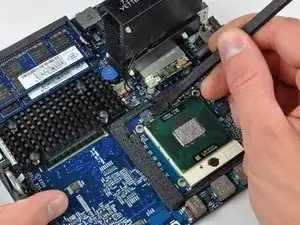
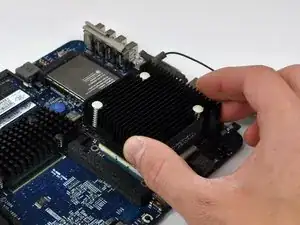
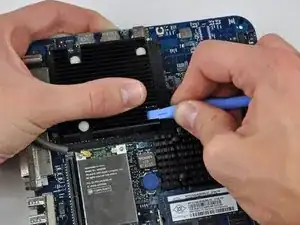
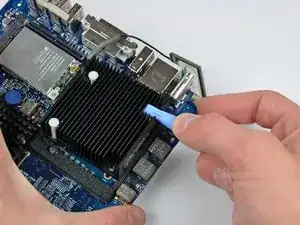

A spackle knife makes these steps go much faster.
jouniseppanen -
A double sided letter opener or a thin non-serrated butter knife will suffice.
To prenent cosmetic blemishes, place a matchbook cover or similar thin cardboard on the outer perimeter under the “jimmy”.
Mike -